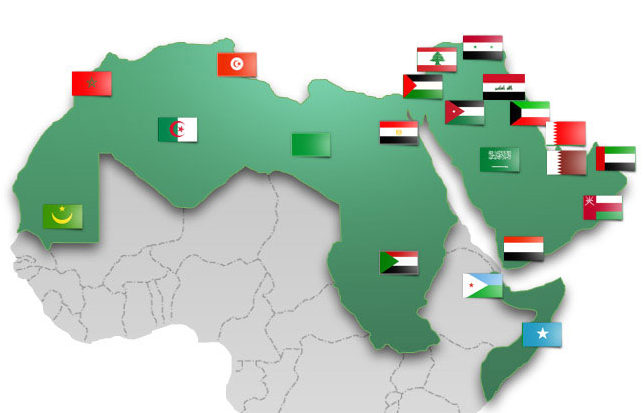At the beginning of the 20th century, while the Ottoman Empire was weakening, Arabic-speaking peoples were becoming more conscious of their identity. Intellectuals promoted the idea that they all belong to a single ethnicity. Some envisioned a political union, a single state from Morocco to the Gulf (pan-Arabism).
Thanks to President Gamal Abdel Nasser of Egypt, it became a popular and powerful political ideology during the 1950s and ’60s. He claimed to be the champion of Arab causes, and his grand statements against Israel, a common enemy, helped turn him into a folk hero. Actually, for a brief period of time, he realized, to some degree, that dream of political union. A little-known fact is that Egypt and Syria were once one country, a single state in the form of a confederation from 1958 to 1961 called United Arab Republic!
After the 1967 humiliating defeat of Arabs at the hands of the Israelis, the decline began. Over the following decades, the rise of Islamism, an identity based on religion, pushed out Arab nationalism. Pan-Islamism became the dominant ideology which did not reconize borders or Western ideas like nationalism, of any kind. The first theorist of Salafi-jihadism, Sayyid Qutb, wrote in his 1964 book, Milestones:
The fatherland is that place where the Islamic faith, the Islamic way of life, and the Shari’ah of Allah is dominant; only this meaning of ‘fatherland’ is worthy of the human being. Similarly, ‘nationality’ means belief and a way of life, and only this relationship is worthy of man’s dignity. 1Sayyid Qutb, Milestones, edited by A.B. al-Mehri (Birmingham, United Kingdom: Maktabah Booksellers and Publishers, 2006), 141.
Also, today the idea of a single identity based on a single ethnicity is questioned by different groups and minorities around the Middle East. Divisions among the Arab nations continued to dash any hopes for unity: a major one followed Egypt and Jordan signing a peace treaty with Israel. After the 2011 revolutions and the chaos that engulfed the region, most countries put their own interests first. Egypt did not, and probably could not, provide support to a collapsing Syria!
You might also like:

Milestones: The jihadi manifesto in 10 photos
Photos show how a 1964 text laid the foundations of Islamic terrorism
BOOK: MILESTONES

Six types of Muslims in one diagram: Mainstream, Islamists and Jihadists
What is the difference between a Jihadi, a Wahabi and a Salafi Muslim?
BOOK: MILESTONES
Endnotes






